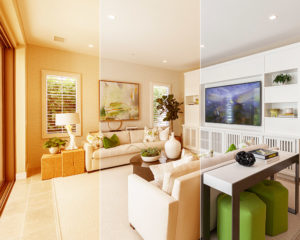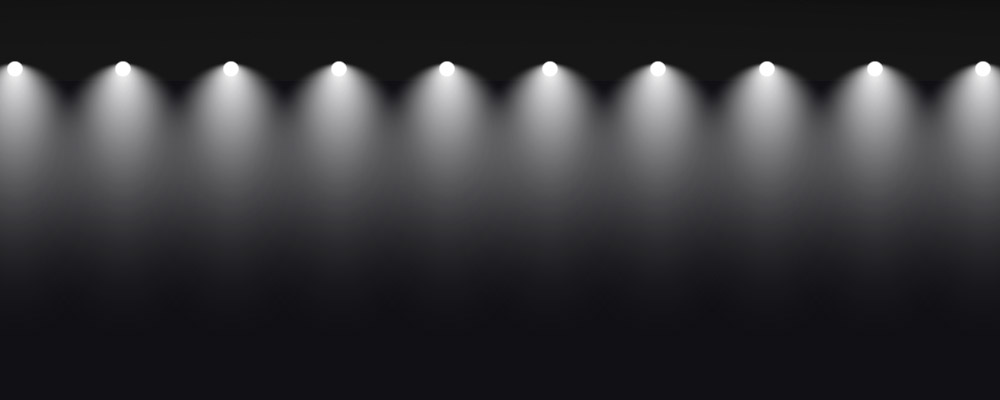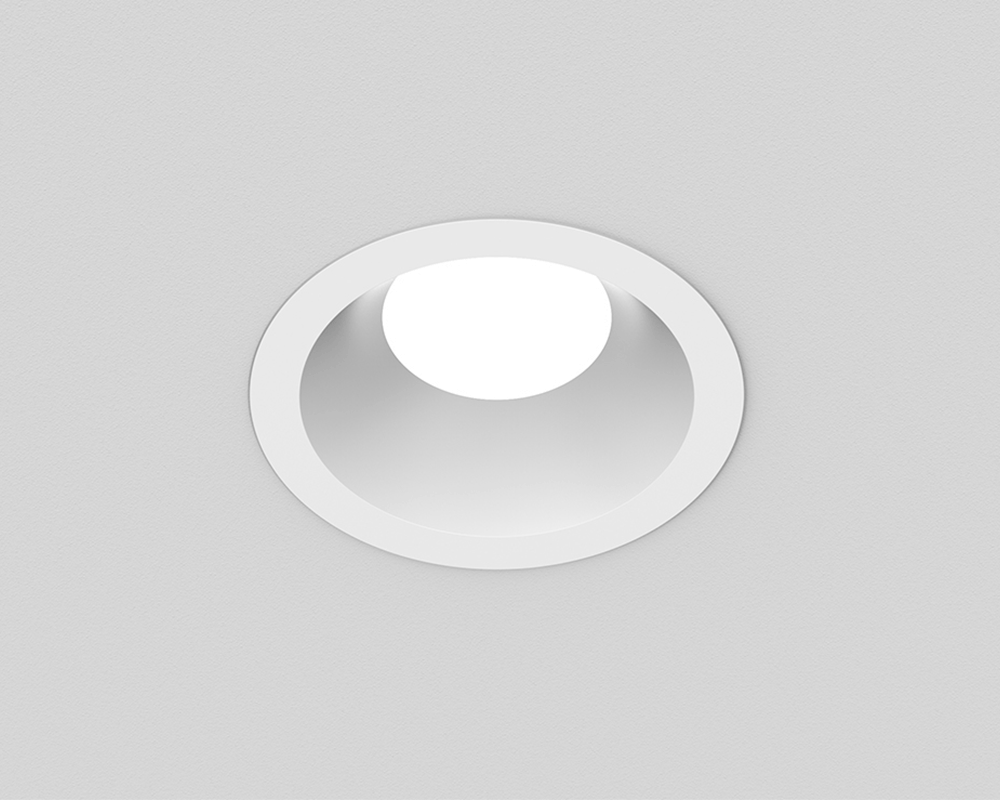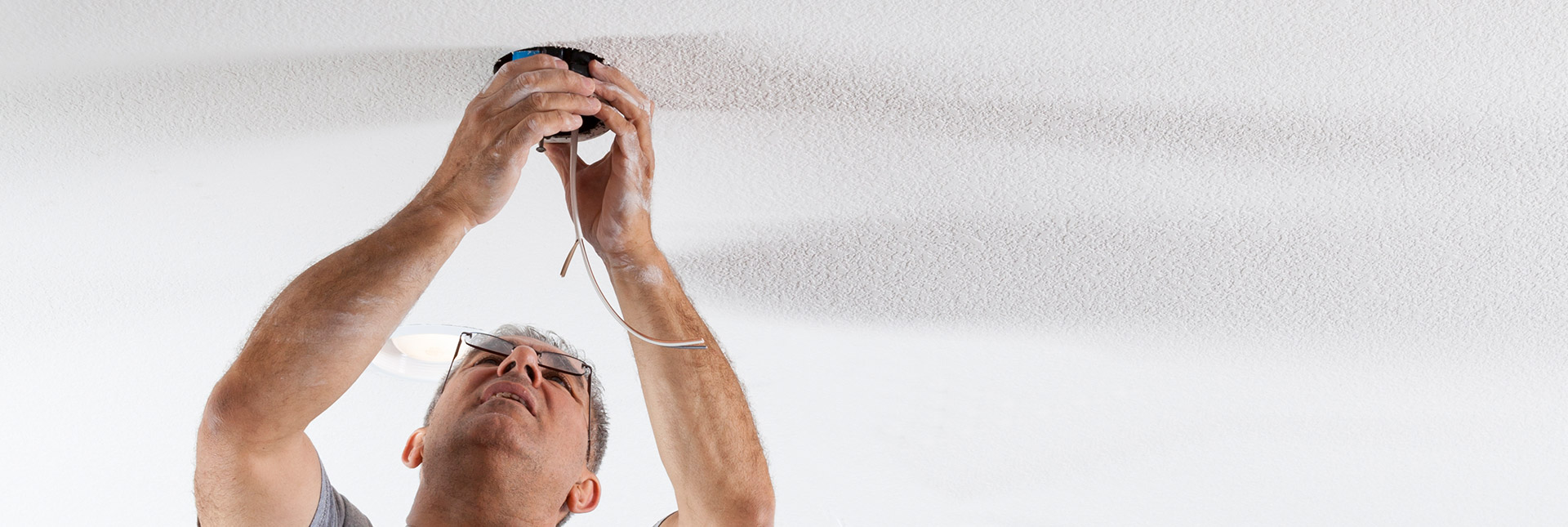
The average home owner only pays attention to their recessed downlights when one goes out. The savvy home owner takes careful consideration when evaluating existing lights and planning upgrades.
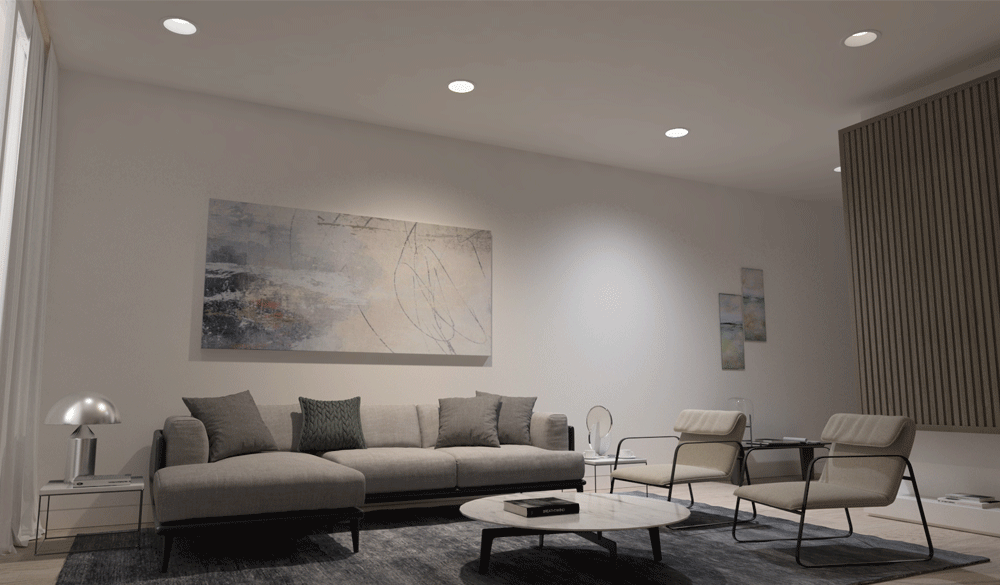
At DMF, we don’t think you or anyone else should have to settle for lousy lights. In this guide, you will learn some simple visual tests to determine whether it’s time for you to upgrade your lights.
Room temperature
Color temperature can significantly influence the ambiance of a space. For example, areas that require high detail visibility, including a home office, restroom, or workshop, should utilize cooler lighting. In a living room or den, warm, yellower hues promote relaxing and entertaining.
Consistency is key
Not all LED chips are created equal. The output from two identical light sources may not match one another despite having the same listed color temperature and brightness. And the difference may appear even more apparent if the inconsistent light bulbs are installed next to each other.
Individual LEDs are extremely difficult to manufacture identically. To minimize variance, manufacturers group similar performing LEDs together in groups, or “bins”, utilizing the Standard Deviation of Color Matching (SDCM). Simply put, SDCM, or MacAdam ellipse, is a system of color measurement. The larger an LED’s SDCM, the larger the variance between LEDs within its bin, resulting in greater fluctuation in performance from fixture to fixture.
| SDCM | CCT at 3000K |
|---|---|
| 1 SDCM | +/- 30K (nearly no color difference) |
| 2 SDCM | +/- 60K (nearly no color difference to naked eye) |
| 3 SDCM | +/- 80K (slight color difference) |
| 4 SDCM | +/- 100K (noticeable color difference) |
DMF only sources high quality LED from suppliers, selecting chips that have been binned by both color and brightness. This means that all our lights perform as advertised, delivering its listed lumens and CCT so you won’t see the difference from one to the next.
True colors
Have you ever noticed an object’s color appearing differently under different light? The Color Rendering Index (CRI) measures how well a light source brings out the actual colors of a surface or object being illuminated. Your downlights should exceed a minimum of 90 CRI. Low CRI lights can mute colors and wash out details, which could result in eye strain.
Beyond the light
It’s not just the light itself that matters when auditing your downlighting. The construction of the fixture and trim is critical to creating a visually pleasing, functional room.
When checking fixture quality, start by looking for light leak. Light leak occurs when recessed downlighting trims are not flush with the ceiling, creating ray patterns on the ceiling, or when the LED module produces light that escapes above the ceiling line.
Next, look at the design of the trim to determine whether or not the style matches the design of the space. Trims come in a variety of shapes and colors, and today’s buyer should not have to settle for a black cone type trim.
Finally, consider where decorative trims or hanging cylinders might better serve the style of the space. Most traditional downlight locations are also suitable for a hanging cylinder, so keep this in mind.
If you’ve found that your lights aren’t serving your space well, send us an e-mail or give us a call at 800.441.4422. We’d love to work with you.
– – – – – – – –
Connect on LinkedIn, Instagram, Facebook, or Twitter to stay up to date with everything that’s happening at DMF Lighting.

